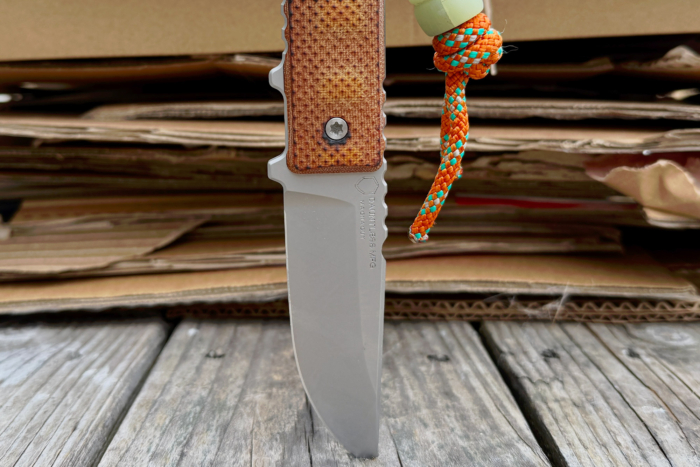Set aside the Opinel knife’s ubiquity and instead dig in on its performance and design. You’ll quickly see that the key to success here is a clever knife that exploits all of the features and materials to the maximum.
Opinel. Just writing the name feels timeless. And it should. These wood-handled pocket knives have been around for more than 130 years. But even today, you still find them for sale everywhere from REI to wine and cheese shops.
There are some real limitations to the Opinel design, which I will get into below, but there is no denying that this is not just a good value, but a truly excellent pocket knife — even in the world of carbon fiber handles and powder steels.
The No. 7 suggests a terrific value — priced under $20. But in an industry where you most often get what you pay for, we wanted to see if this iconic blade still holds an edge over the competition.
And because Opinel knives riff on a single theme, testing one should reveal if the brand at large still has what it takes to craft a winner.
Opinel No. 7 Knife Review
Opinel Knife: Specs
- Steel: XC90 carbon steel
- Grind: Full flat grind
- Lock: Collar lock or “Vibrolock”
- Blade length: 3.07 in.
- Handle length: 3.93 in.
- OAL: 7 in.
- Weight: 1.4 oz.
- Price: $16
- Country of origin: France

A Slice of History
The Opinel design is old, invented by Joseph Opinel in 1890. The design was refined in the 1950s with the addition of the collar lock, called a “Vibrolock” in Opinel advertising material.
The original was the No. 8. Since that design, other sizes were released, all with different numbers. Those smaller than No. 8 are smaller knives; those bigger than No. 8 are bigger knives.

Timeless Construction

Overall, the Opinel Design Is Quite Nice











